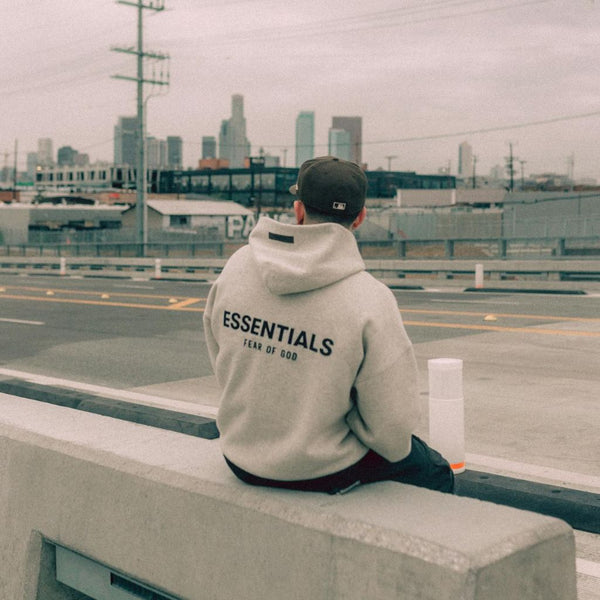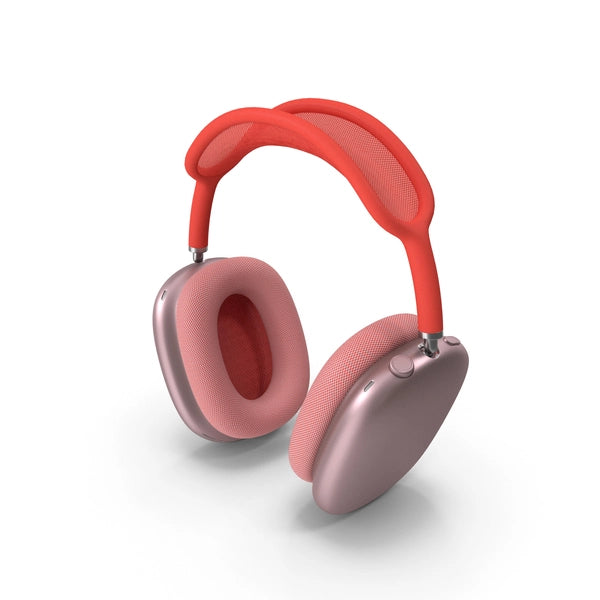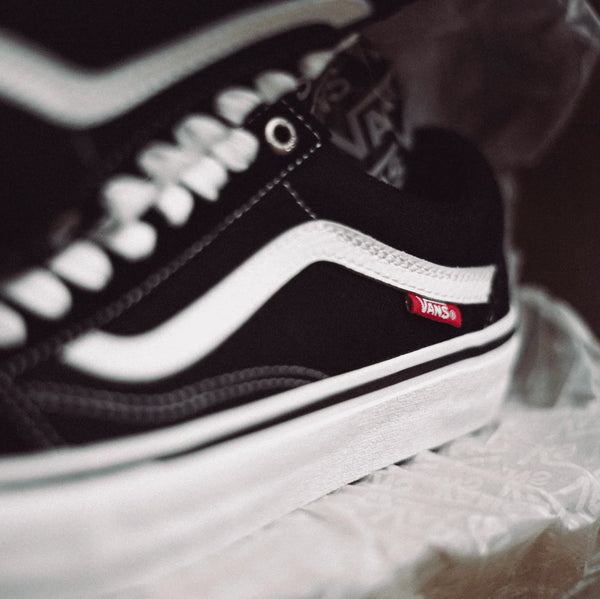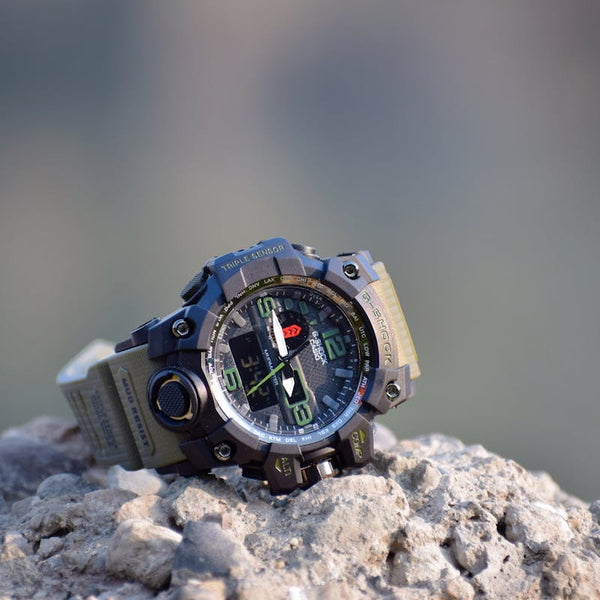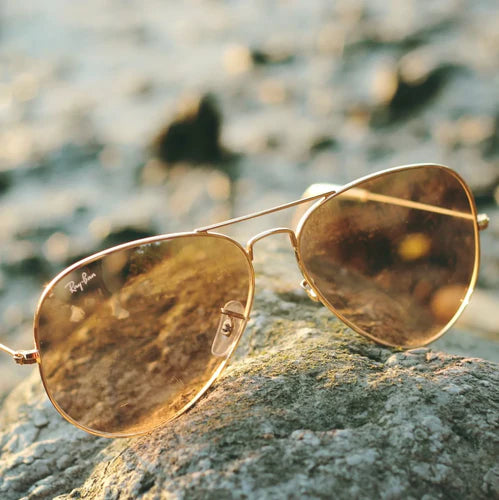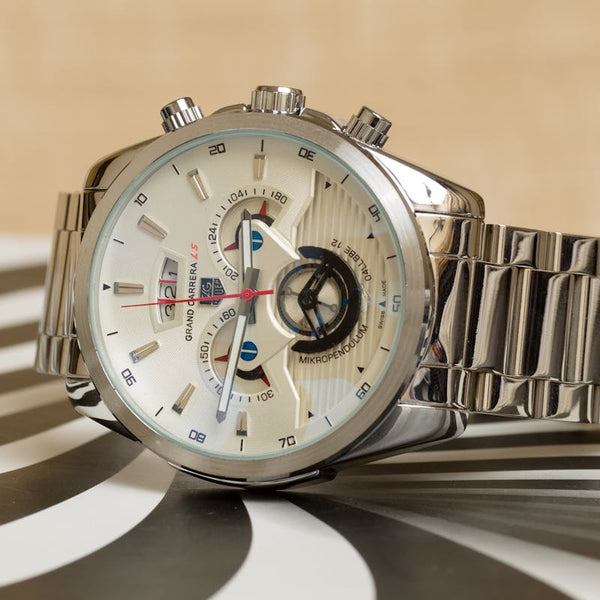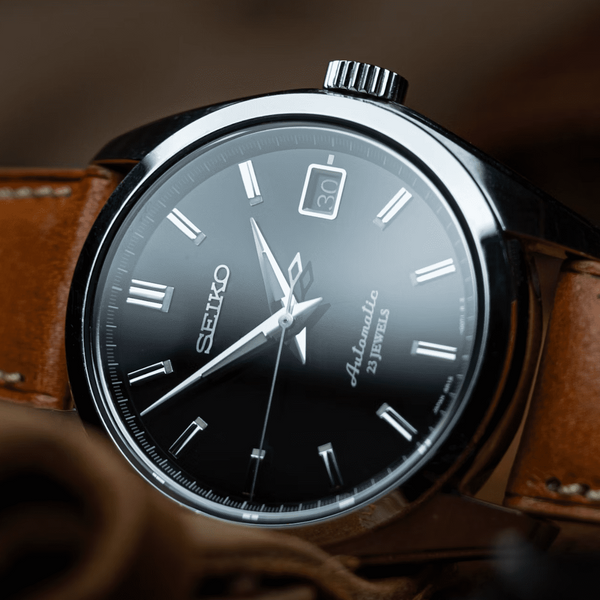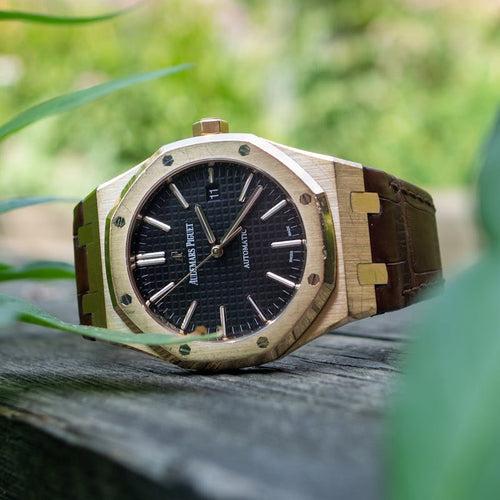How to Spot Fake vs. Real Shoes

In the world of fashion and particularly among sneaker enthusiasts, the distinction between fake vs real shoes can be a crucial piece of knowledge.
The market is inundated with replicas that range in quality from the laughably fake sneakers to ones that require a keen eye to differentiate.
Whether you're a collector eyeing rare editions or someone who simply doesn't want to be duped with a counterfeit, understanding how to spot the difference between real vs fake shoes is essential.
This guide will delve into practical steps that can help you make this distinction, ensuring you invest your money wisely and uphold the value of your collection.
Table of Contents
[ open ]Where Did You Buy Them?
The origin of your purchase plays a significant role in its authenticity. Authorized retailers and official brand stores are the safest spots to purchase genuine articles.
These sources have direct relationships with the actual brands and have built reputations by providing authentic items.
Conversely, buying shoes from unofficial retailers, third-party stores, or obscure online platforms raises the risk of encountering fake sneakers. The prices might be enticing, but if a deal seems too good to be true, it often is.
Counterfeit sellers often operate from platforms that don't enforce strict authenticity rules or from pop-up shops and temporary venues.
If navigating these spaces, always be cautious and remember that provenance is a key indicator of authenticity.
Inspect the Box and Dustbag

The packaging of authentic sneakers can be as informative as the shoes.
Authentic sneakers come in high-quality boxes, often featuring the brand's logo, specific color schemes, and detailed labels.
The box should feel sturdy, and the printing should be professional free of smudges or blurring.
Inside the box, some shoes also come with a dustbag. Authentic dustbags are typically made of high-quality materials, and just like the box, they'll feature the brand's logo or name, often printed or stitched with high precision.
Counterfeit products, on the other hand, often overlook these details, presenting with low-quality materials, inconsistent colors, or shoddy printing. If the box or dustbag feels cheap, or if the branding is inconsistent with official products, you might be holding a fake sneaker.
Premium Look and Feel
Authentic designer shoes and premium sneakers are crafted from high-quality materials. The leather should feel smooth, supple, and neatly finished.
The stitching should be uniform and unobtrusive, with even spacing and straight lines. Pay attention to the shoe's weight as well; genuine materials have a certain heft that fake sneakers often don't replicate.
The construction should be impeccable in real shoes, with no signs of glue or misshapen parts, as luxury brands adhere to rigorous quality control standards.
Fake sneakers often cut corners here, leading to shoes that may look roughly similar but don't feel or wear the same. If the shoe feels suspiciously light, has uneven stitching, visible glue, or material that feels off, it's wise to question its authenticity.
Fonts and Logos
One of the most telling signs of counterfeit goods is the misuse of brand logos and fonts.
Authentic shoes will feature the brand's logo clearly, often embossed or printed in a consistent, standardized manner. Every aspect of these logos, including their size, positioning, and coloring, is typically uniform across official products.
Examine the logo and any branded elements (like a slogan or the brand name) for any discrepancies.
Even the slightest deviation in the font, a misalignment, or a color shade difference can be a red flag. Fake sneakers often struggle to get these precisely right, especially since many brands include security features that are difficult to replicate in their logos.
Size Tags
Finally, the size tag offers valuable information that can help determine a shoe's authenticity. On a genuine shoe, the size tag, usually found on the inside lining, will include various details such as size, manufacturing country, and serial number. These details should match any corresponding information on the box.
Fake shoes often slip up on these details, presenting mismatched information or sloppily printing the tags.
The text on an authentic size tag is typically clear, aligned, and free of any spelling mistakes. Additionally, many brands use specific formats for their size tags, and any deviation from this format is suspicious.
Compare to Authentic Sneakers Online

One practical method to spot fake sneakers is by comparing potential purchases with images of the authentic product from the official brand's website. Counterfeiters often struggle to replicate every detail perfectly, and discrepancies usually exist, no matter how minute.
Start by examining the shoe's shape; the silhouette of counterfeit products often differs slightly from the original.
Next, pay close attention to the stitching - this is one of our go-to methods that help us spot fake sneakers. Authentic shoes are crafted with exceptional precision, and the stitching is typically consistent, straight, and neat. In contrast, fake sneakers may have uneven, frayed, or inconsistent stitching.
Logo placements are also paramount. Examine the size, position, and clarity of the brand's logo on genuine products and compare them to what you're planning to buy. Even the smallest inconsistency can be a telltale sign of a counterfeit product.
Remember, these examinations rely on high-quality, detailed images; thus, it's a red flag if an online listing prevents you from zooming in or lacks image clarity.
Realistic Price
Price is often a strong indicator of a shoe's authenticity. While everyone loves a good deal, extraordinarily low prices compared to the official retail price are suspicious.
Authentic shoes, especially from renowned brands, maintain a consistent price range, and while discounts do occur, they are rarely, if ever, dramatically less than the original cost.
Realistic pricing extends to the resale market as well. Limited edition footwear or styles in high demand can often cost more in the resale market than retail due to their scarcity and popularity. If you find these shoes at a fraction of the expected resale price, this is a red flag.
It's also wise to research the standard price range for the style you’re interested in across multiple platforms. A genuine seller will typically stay within this range. Anything drastically lower can be tempting but is often indicative of a counterfeit.
What Shoe Brands Are Counterfeited Most Often?

Counterfeiters typically target high-demand, high-value shoes to maximize their illicit profits. Popular brands like the Nike shoes, especially the Air Jordan series, and Adidas, with their iconic Yeezys, are frequent targets due to their immense popularity and high resale values.
Other luxury footwear brands like Christian Louboutin, Jimmy Choo, and Manolo Blahnik also face counterfeiting issues. Their exclusivity and the allure of their iconic designs make them prime targets for counterfeit operations attempting to exploit unsuspecting customers.
Understanding that these brands are commonly counterfeited should prompt buyers to exercise extra caution when purchasing shoes online or from unauthorized retailers.
If you’re dealing with these brands, especially for limited edition releases or highly coveted designs, it’s crucial to proceed with an understanding of the heightened risk of encountering fake sneakers.
Read some of our authentication guides:
- How to Spot Fake Yeezys
- How to Tell if Nikes are Fake
- Real vs. Fake Jordans
- How to Spot Fake Gucci Shoes
Avoid Buying Fake Sneakrs Online Using These Simple Steps
Navigating online shopping without falling for counterfeits can be simple if you follow some straightforward steps.
First, ensure you’re buying from reputable sources. Official brand websites or authorized retailers are always the safest options. They guarantee the authenticity of your purchase, backed by brand warranties.
If buying from a resale platform or an independent seller due to scarcity of the item, scrutinize seller reviews and ratings.
Previous buyers’ experiences can give you insight into the seller's credibility and the authenticity of their products. Avoid new accounts with no transaction history or those with recent, multiple negative reviews.
Ask for original purchase receipts or authenticity cards if applicable. While these can also be faked, it’s an additional step that counterfeiters would have to take, and they might not bother with it.
If the seller hesitates or refuses to show proof of authenticity, that's a warning sign.
Also, understand the product's specifics.
Familiarize yourself with the design, features, and materials of the authentic shoe. Counterfeiters often use cheaper materials to cut costs, and understanding the look and feel of the real thing will help you spot fake sneakers.
Lastly, don’t be afraid to ask questions. Genuine sellers understand the importance of proving authenticity and are typically willing to provide detailed photos, proof, and answers to your inquiries.
Counterfeit sellers, however, might be vague in their responses or completely unresponsive to specific questions about the product’s authenticity.
We’re Here to Help!
Even with all these precautions, the world of sneaker shopping can be overwhelming. That's where LegitGrails comes in. We are dedicated to verifying the authenticity of various products, including sneakers, ensuring buyers receive genuine articles.
With a team of experts well-versed in identifying the smallest details and discrepancies that indicate a counterfeit product, LegitGrails offers an invaluable service for peace of mind.
We provide sneaker authentication services for a wide range of brands and items, ensuring that no matter what you're buying, you can find out if it is authentic.
All it takes is providing a few photos of your item, and our team will meticulously compare your product to their database of authentic items, checking all the known indicators of authenticity.
If doubts remain, we might request specific detail shots. We understand that in high-end sneakers, the devil is truly in the details.
In a market flooded with convincing fake sneakers, having a dedicated service like LegitGrails can be the deciding factor in the authenticity of your purchase.
Our expertise helps prevent the disappointment and financial loss of unknowingly buying counterfeit goods.
Conclusion
In conclusion, the confidence in making a genuine purchase online comes from being informed and attentive.
By understanding market trends, recognizing realistic pricing, and thoroughly verifying product authenticity, consumers can enjoy the convenience of online shopping without the fear of falling for fake sneakers.
With the right knowledge and resources, your next pair of shoes can be a genuine source of comfort and style.
